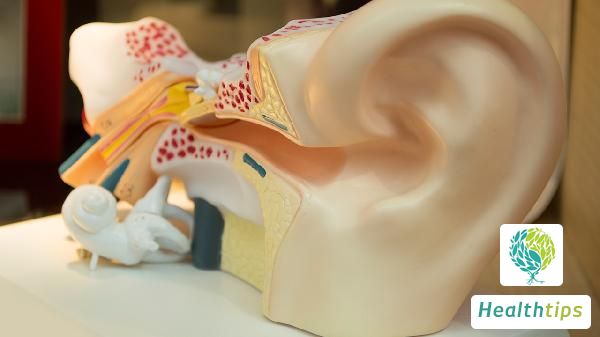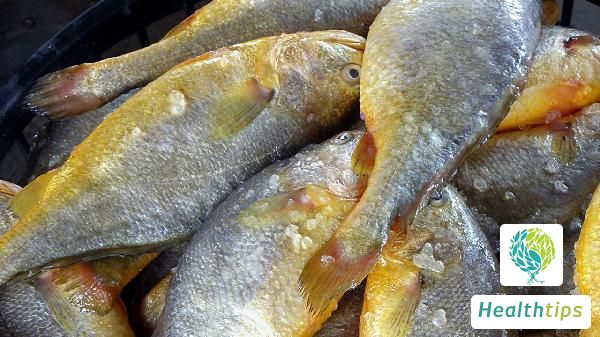Are autistic children typically thin and small?
Autistic Children's Physical Appearance and the Disorder's Characteristics

Autistic children are not necessarily petite or underweight. Autism is a neurodevelopmental disorder primarily manifested through varying degrees of social interaction difficulties, communication barriers, narrow interests, and repetitive behaviors. If autistic children exhibit the aforementioned symptoms, they may appear more slender or underdeveloped.
1. Social Interaction Difficulties
Autistic children encounter varying degrees of challenges when interacting with others, such as a lack of eye contact, limited facial expressions, and difficulty distinguishing closeness or familiarity. They may also exhibit behaviors that reject physical affection or contact from parents.
2. Communication Barriers
Autistic children experience significant obstacles in language communication. While some may produce sounds, they struggle to comprehend the meaning of language. Others engage in repetitive language patterns, such as constantly repeating questions or uttering only a few words.
3. Narrow Interests and Repetitive Behaviors
Autistic children typically demonstrate a narrow range of interests, uninterested in games and toys that fascinate typical children. Instead, they may prefer non-toy items like bottle caps or buttons. Their behaviors are often repetitive, with an increase in spontaneous movements.
4. Other Circumstances
Due to their primary impairments in speech and interpersonal communication, autistic children's diets may also be affected, leading to inadequate nutritional intake and consequently, a slender appearance. Parents should promptly bring their autistic children to medical attention and follow doctor's recommendations for targeted treatments. Medications like Risperidone and Aripiprazole may be prescribed as part of the treatment plan.



















